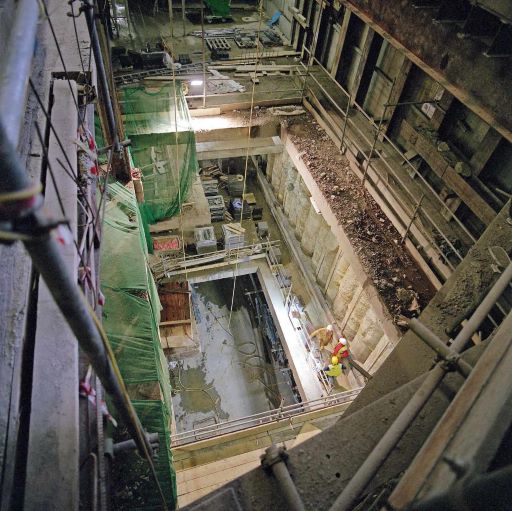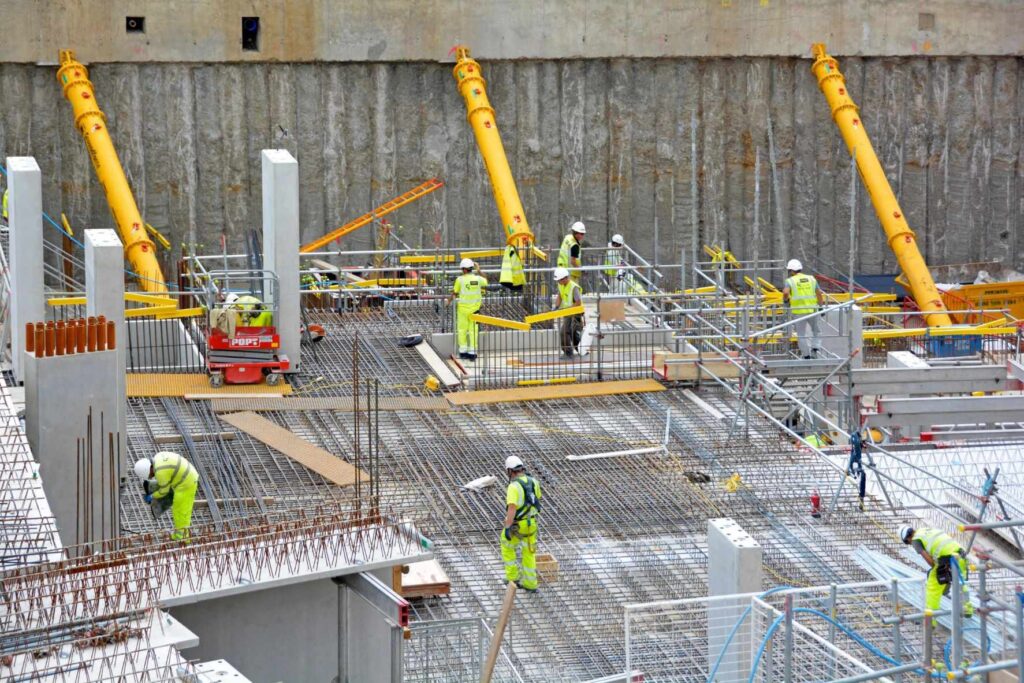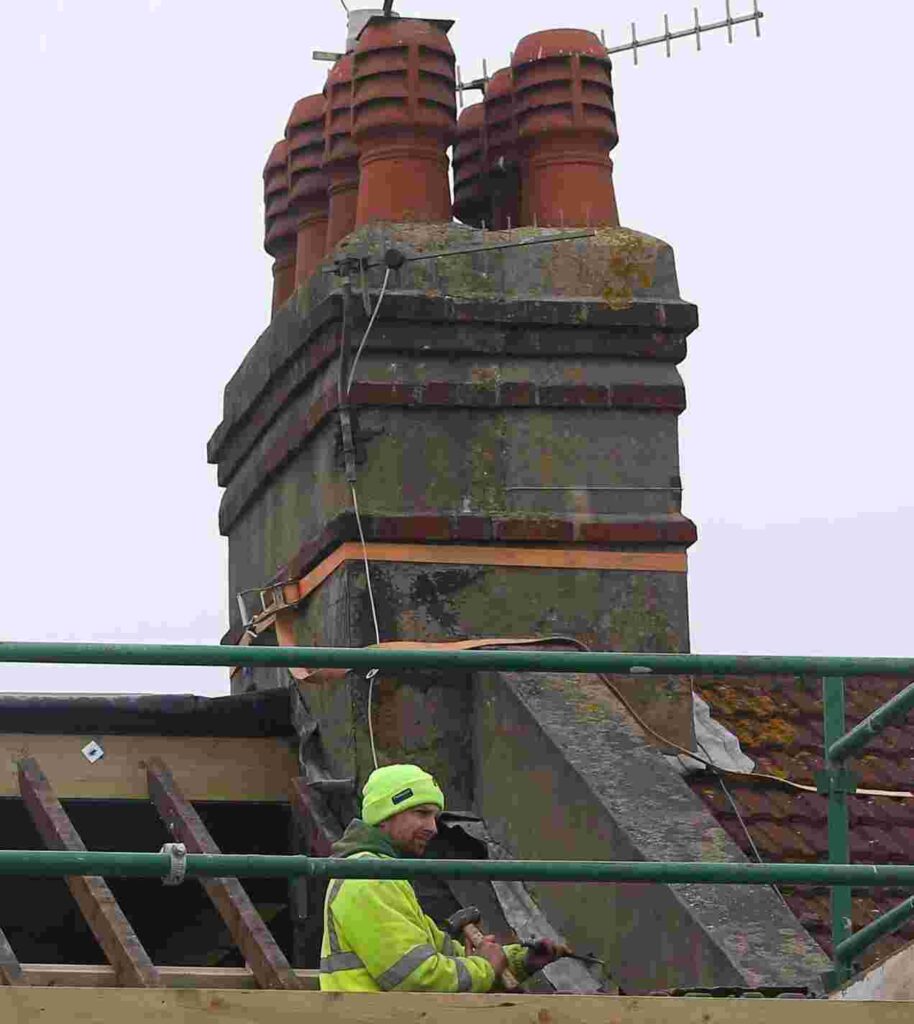
Party Wall Fact Sheet
This Party Wall Fact Sheet sets out guidance on what a Party Wall Award means as well as building and adjoining owners rights and respondibilities under the Act
The Party Wall Act came into force on the 1st July 1997.
You must tell your neighbours if you want to carry out certain categories of building work near or on your shared property boundary, or any works to a ‘party wall’ in England and Wales. There are different rules in Scotland and Northern Ireland.
The Act provides protection for adjoining owners and occupiers whilst enabling development to progress.
It achieves this by providing a procedural framework that ensures neighbouring owners are notified of impending construction work.
What is a Party Wall?
A wall is a Party Wall if it stands astride the boundary of land belonging to two or more owners and either:
– Forms part of a building
– Separates two or more buildings
– or consists of a ‘party fence wall’
A wall is a ‘party fence wall’ if it is not part of a building and stands astride the boundary between land of different owners and is used to separate the land such as a masonry garden wall for instance. This does not include wooden fences or hedges.
A wall is also a Party Wall if it stands wholly on one owners’ land, but is used by two or more owners to separate their buildings. Floors or walls between flats are ‘party structures’.
What work do you need to tell your neighbour about?
You must tell your neighbour if you want to:
– Build on or at the boundary of your two properties
– Work on an existing party wall or party structure
– Excavate below and near to the foundation level of their building or structure
Your neighbour can’t prevent you from making changes to your property that are within the law, but they can affect how and when your works are carried out.
Failure to follow the provisions of the Party Wall Act may result in the works being unlawful.
If you are not sure whether the Act applies to the work you are planning please get in touch. We can provide Party Wall guidance and professional advice.
Which Owners are affected?
The owners of land who want to undertake work are defined as ‘Building Owners’. The owners or occupiers of adjoining land or buildings are ‘Adjoining Owners’. There may be several ‘owners’ to consider (i.e freehold owner and leasehold owners)
What rights does the Act give a Building Owner?
The Act provides a building owner who wishes to carry out work to an existing party wall additional rights which go beyond ordinary common law rights.
Section 2 of the act lists what work can be done. The most commonly used rights are :
– Insert a damp roof course or a flashing
– Cut into a party wall to support a steel beam (for example for a loft conversion)
– Cut off projections from a party wall (for example removing a chimney breast)
– Raise the height of a party wall (for example, to enclose a new extension)
– Demolish and rebuild a party wall (instead of raising an existing wall perhaps)
– Underpin the whole thickness of a party wall (to prevent settlement or to form a basement)
– Carry out repairs to a party wall

What are a Building Owners’ duties under the Act?
A Building Owner intending to carry out work covered by the Act must inform all Adjoining Owners by giving written notice.
There is no official form for giving notice, but it should include:
– Your name & address (joint owners must all be named)
– The address of the building to be worked on (this may be different from your current address)
– A full description of what you propose to do (including plans if helpful, and a requirement in respect of excavation)
– When you propose to start work (this must not be before the relevant notice period has elapsed)
The notice should be dated, and it is advisable to include a clear statement that it is a notice under the provisions of the Party Wall Act. See our article for more detail on Party Wall Notices on get in touch for guidance.
How much notice does a Building Owner have to give?
Normally at least two months before the planned start of work to the party wall. The notice is only valid for a year, so it should not be served too early.
What happens after serving notice?
The adjoining owner(s) have 14 days in which to reply. If they agree to the proposed work, then that agreement must be in writing.
If an adjoining owner expressly disagrees or does not reply to a Notice within 14 days of receipt, then he is deemed to have dissented and a statutory ‘dispute’ arises.
Adjoining owners may also serve a counter notice indicating additional work they would like included for their own benefit and at their own cost.
What happens if a Dispute arises?
Each owner must appoint a party wall surveyor to act for them individually or agree on a single surveyor for act for both owners.
Where two surveyors are appointed to act for each owner individually, the two surveyors have to select another surveyor, the third surveyor.
If required, the third surveyor would be called upon if the two surveyors cannot agree or if either of the owners or either surveyor calls on the third surveyor to make an Award.
Who can I appoint as a surveyor in the event of a dispute?
In this context a surveyor means anyone other than the owners themselves.
A suitably experienced person such as a construction professional with knowledge of the requirements of the act is preferable.
He or she could be a building surveyor, or a structural engineer or architect with specialist knowledge of party wall matters.
What does the surveyor do?
The surveyor (or surveyors) will settle the dispute by making an ‘award’ (also known as a ‘party wall award’). This is a document which sets out :
– The work that will be carried out
– When and how the work is to be carried out (to limit times of noisy work for instance)
– Specifies any additional work required (protective measures to prevent damage for instance)
– It usually contains a record of the condition of the adjoining property before the work begins. This is desirable as it can assist in identifying and attributing any damage to adjoining properties for instance.
– Allows access for the surveyor to inspect the works while they are going on as may be necessary, to ensure they are in accordance with the award.
The Party Wall Award is the final piece of documementation in the process. It sets out the agreement reached by the surveyor or surveyors of the matters that were in dispute under the Act. A Party Wall Award is a legal binding document.
Once issued, the Building owner or the Adjoining Owner have the right to appeal an Award within 14 days of it being served by applying to the County Court. If no appeal is made, the Party Wall Award is binding and conclusive and cannot be questioned by any Court.
Who pays the surveyor’s fees?
Usually the Building Owner will pay all costs associated with drawing up the award including the adjoining owner’s surveyors’ fees, if the works are solely for the Building Owner’s benefit.

Is a Party Wall Award final?
Each owner has 14 days from service of the award to appeal to the county court against the award.
An appeal should not be undertaken lightly. An unsuccessful appellant may incur an award of costs against them. An owner considering an appeal may well wish to seek legal advice.
Once the appeal period has elapsed an Award is final and binding.
What happens if the neighbours won’t cooperate?
If a dispute has arisen and the neighbouring owner refuses or fails to appoint a surveyor an owner can appoint a second surveyor on the neighbouring owners’ behalf, so that the party wall procedure can go ahead.
Access to neighbouring property?
Under the Act an Adjoining Owner must, when necessary, allow access to workmen and the Building Owner’s surveyor to carry out works defined in the Party Wall Act (but only for these works), including access required by any surveyor as part of the dispute resolution process.
The Adjoining Owner must be given 14 days’ notice of the intention to exercise rights of entry, except in case of emergency. For more information see our article on Access to a Neighbours land.
It is an offence, which can be prosecuted in the magistrates’ court, for an occupier or other person to refuse entry to or obstruct someone who is entitled to enter premises under the Party Wall Act.

What rights do Adjoining owners have under the Party Wall Act?
Adjoining owners should note that the primary purpose of the act is to facilitate development.
In return for rights to carry out certain works, the building owner must comply with the provisions of the Act. This includes the duty to notify you in advance of work starting, for instance.
The building owner is legally responsible for putting right any damage caused by carrying out the works, even if the damage is caused by a contractor.
You cannot stop someone from exercising the rights given to them by the act, but you may be able to influence how and at what times the work is done. For further guidance on protecting your property as part of the Party Wall process please give us a call.
If you do not respond to notice from a building owner concerning work to an existing party structure or an excavation, you will be deemed to be in dispute with them.
In this case, and in the event of a dispute concerning a new wall at the boundary, if you refuse or fail to concur in the appointment of an agreed surveyor, or to appoint a survivor of your own, the building owner will be able to appoint a second surveyor on your behalf so that the dispute resolution procedure can proceed without your co-operation.
Adjoining Owners have the right to :
– Appoint a surveyor to resolve any dispute
– Require reasonable necessary measures to be taken to protect their property from foreseeable damage and for their security
– Not to endure any unnecessary inconvenience
– Be compensated for loss or damage caused by relevant works
– Ask for security for expenses before work starts under the Act. This provides a measure of protection against a potential loss if works are not completed
Party Wall & Neighbourly Matters Services
Boundary Reports & Advice
Development Agreements
Movement & Vibration Monitoring
Neighbourly Liaison
Rights of Way & Easements
Further Guidance when appointing a Party Wall Surveyor
For further information we have also compiled some Party Wall FAQs.
For an explanation of some of the terminology used in the Act, see our Party Wall Glossary.
See our previous article for guidance on choosing a Party Wall Surveyor, and check out our Party Hall advice at the Lord Hood Pub in Greenwich.
For further guidance on a range of Party Wall subjects, see our recent articles below :
The government have published an explanatory booklet with information for Building Owners’ and Adjoining Owners’ about the Party Wall process.
Whether you are planning work or affected by your neighbours plans, we have surveyors based locally to your property all around the UK.
For a quick online quote for Party Wall advice, send us the details of your project.
Local Party Wall Surveyors
To contact a Party Wall surveyor that’s local to you, see details of our teams in :
For advice direct from one of our Surveyors, please call our Enquiry line on 020 4534 3135.
If you are planning work that is covered by the Act, or if you have received notice of work from a neighbour and want advice on how best to protect your property please contact:
Link: Contact Us
Team members shown:
- Geoffrey Adams
- Mark Amodio
- Rickie Bloom
- Mark Crowley


